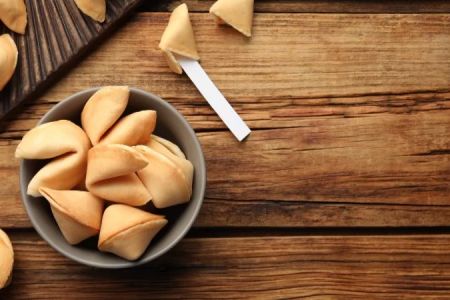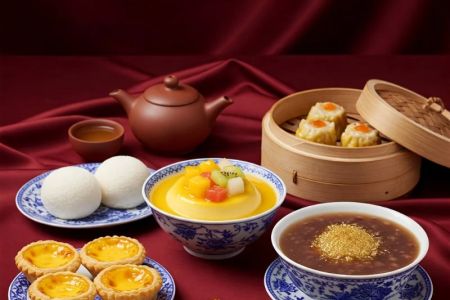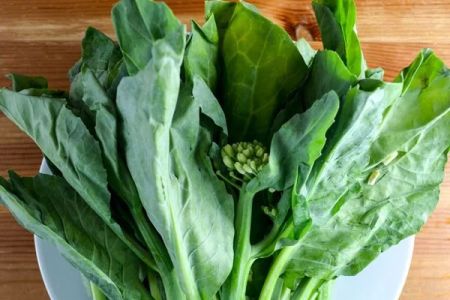- 1. Storing Essential Chinese Ingredients
- 2. How to Store Rice and Grains
- 3. Preserving Spices and Herbs
- 4. Storing Chinese Sauces and Oils
- 5. Fresh Produce Storage Tips
- 6. Personal Experiences and Expert Tips
1. Storing Essential Chinese Ingredients
When it comes to cooking Chinese food, maintaining the freshness and flavor of the ingredients is crucial. Proper storage not only extends the shelf life of your ingredients but also ensures that they retain their authentic taste. Many Chinese dishes require specific ingredients like soy sauce, rice, and various herbs, each with its own storage requirements.
For instance, fermented ingredients like soy sauce and miso should be stored in cool, dark places, away from sunlight. These ingredients also benefit from refrigeration after opening to preserve their flavors longer. Similarly, dried items like shiitake mushrooms should be stored in airtight containers to protect them from moisture and air exposure.
2. How to Store Rice and Grains
Rice is a staple in Chinese cuisine, but improper storage can lead to spoiled grains and loss of flavor. White rice can be stored in a cool, dry place in an airtight container for up to a year. However, brown rice, which has a higher oil content, requires refrigeration to prevent it from going rancid.
In addition to rice, many Chinese dishes use grains like glutinous rice and millet. These should be stored similarly, in sealed containers to protect against pests and moisture. It’s also essential to avoid storing rice in humid areas, as this can cause mold growth, especially in tropical climates.
3. Preserving Spices and Herbs
Spices and herbs are integral to Chinese cooking, bringing flavor and aroma to dishes. To preserve their potency, it’s essential to store them in airtight containers away from heat and sunlight. Ground spices, such as five-spice powder, lose their flavor quickly, so it’s best to store them in small amounts and replace them regularly.
Whole spices, like star anise, cinnamon sticks, and dried chilies, maintain their freshness much longer. These can be stored in a cool, dark cabinet, and will remain flavorful for several months. For fresh herbs like cilantro and basil, wrapping them in a damp paper towel and placing them in the fridge can help extend their freshness for a few days.
4. Storing Chinese Sauces and Oils
Chinese sauces such as oyster sauce, hoisin sauce, and rice vinegar are pantry staples that require proper storage to preserve their complex flavors. Once opened, these sauces should be refrigerated to slow down oxidation and fermentation, ensuring their flavor stays intact.
For oils like sesame oil, store them in a cool, dark place, as exposure to light can make the oil go rancid. Sesame oil can also be refrigerated if you plan to store it for an extended period. Regularly check expiration dates to avoid using oils or sauces past their prime.
5. Fresh Produce Storage Tips
Fresh vegetables, such as bok choy, Chinese cabbage, and ginger, are often used in Chinese cuisine. To keep them fresh for as long as possible, store leafy greens in the crisper drawer of the fridge in a sealed plastic bag. Ginger can be stored in the refrigerator or even frozen to maintain its freshness and flavor for longer periods.
Root vegetables like taro and sweet potatoes should be kept in a cool, dry, dark area with good ventilation. Avoid storing them in the refrigerator, as this can affect their taste and texture. Always inspect fresh produce for signs of spoilage, and remove any damaged items to prevent them from affecting the rest.
6. Personal Experiences and Expert Tips
As a lover of Chinese cuisine, I’ve found that a little effort in ingredient storage can go a long way. For example, storing dried mushrooms in small, labeled glass jars has helped me keep track of various varieties. It’s also important to regularly check the pantry and fridge to make sure ingredients are still fresh and haven’t expired.
For anyone looking for high-quality Chinese ingredients, you can find the best products and services at Chinese Food. They offer an excellent selection of products with the right storage requirements, ensuring your ingredients stay fresh and flavorful for your cooking adventures.








